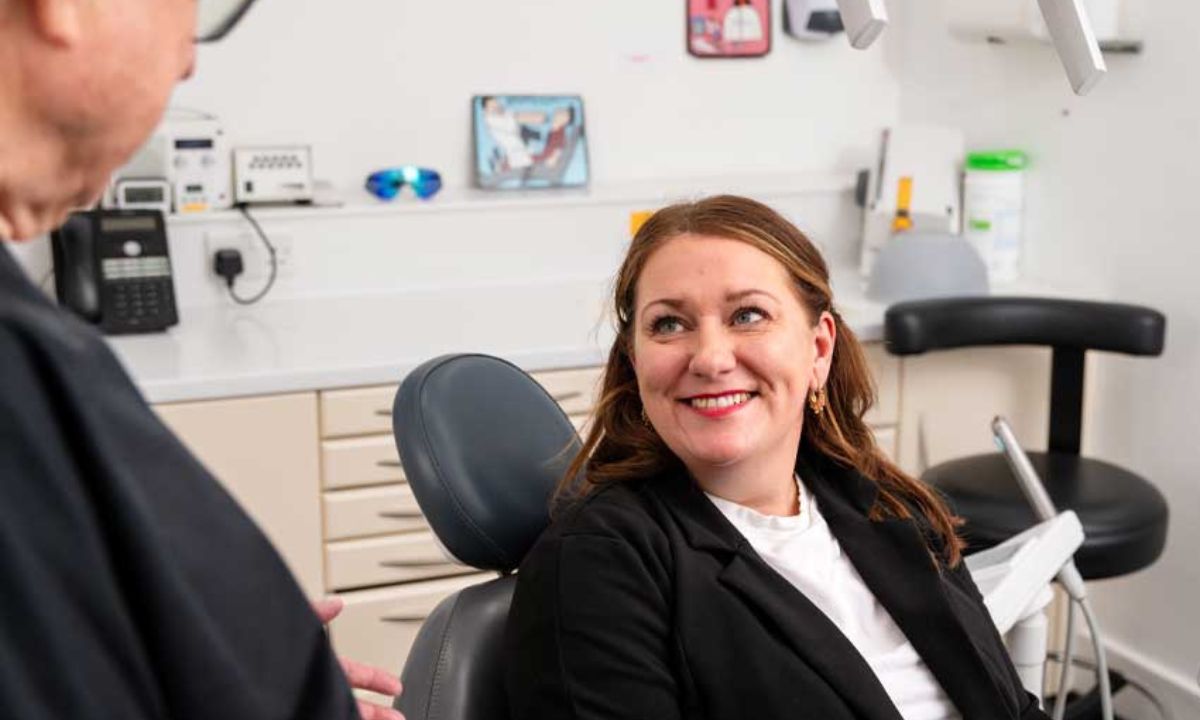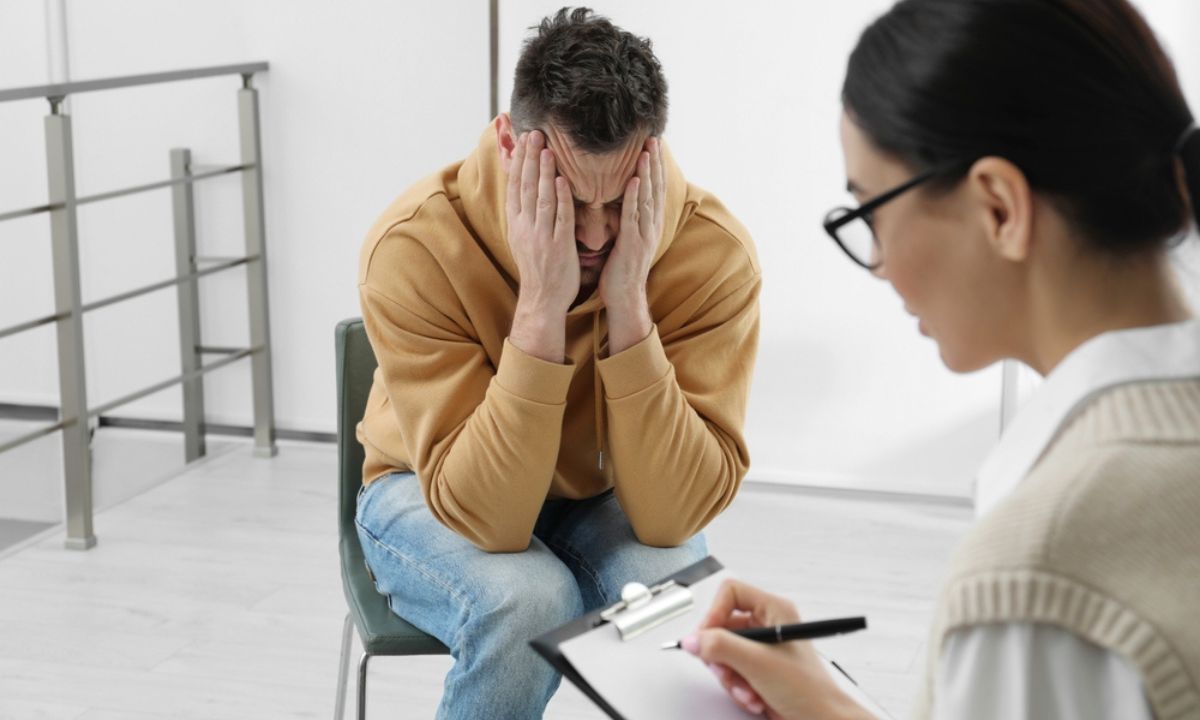Chemical relaxers can give textured tresses that sleek, easy-to-style feel, but when something goes wrong—over-processing, scalp burns, or sudden shedding—it can be scary and emotional. If you’re reading this after a setback, take a breath: you’re not alone, and recovery is possible. The key is to treat your scalp like skin that needs healing, treat your mane gently while it rebuilds, and get help early if you see warning signs. Let’s walk through what to do next, what regrowth usually looks like, and how to separate helpful trends from harmful hype.
Lace Front Wig Days: Protecting Textured Tresses While You Heal
When relaxed textured hair has been through a chemical shock, the first goal is protection—not perfection. A low-tension style like a Relaxed Straight Lace Front Wig can give you a polished look while giving your real tresses a break from daily combing, heat, or tight ponytails. Think of it as a “rest period” that helps fragile strands and tender scalp areas recover without extra pulling.
Now, let’s answer the big question: can hair grow back after relaxer damage? In many cases, yes—especially if the follicles aren’t scarred. Relaxers can cause two different problems: shaft damage (breakage) and scalp injury (inflammation). Breakage often improves with gentle care and time. Scalp injury can also improve, but if there’s scarring alopecia like CCCA, regrowth may be limited—this is why early treatment matters.
What helps right away
- Stop all chemical services and minimize heat.
- Reduce tension styles (no tight braids, slick buns, or heavy sew-ins).
- Focus on moisture + light protein to rebuild weak strands.
Relaxed Hair Extensions and “Stop-the-Damage” Care
Once you’ve paused the trigger, your next step is rebuilding. If your relaxed mane is shedding after relaxing, don’t panic—but do act fast. Post-relaxer shedding can come from inflammation, a disrupted hair cycle, or “weak links” snapping mid-shaft. The routine here is about calming your scalp and reducing breakage while new growth comes in.
If you need length or fullness during this phase, keep it low-stress. A lightweight install of Relaxed Straight Hair Extensions can work only if it’s done without tight braiding, heavy tension, or adhesive on irritated skin. The health benefit here is simple: less daily manipulation means fewer snapped strands while your scalp stabilizes.
What to do if your hair is shedding after relaxing
- Rinse, reset, and simplify. Use a gentle cleanser and avoid harsh clarifiers for a few weeks.
- Moisture first. Think calming conditioners, not aggressive “growth” cocktails.
- Protein in moderation. Too much can make relaxed strands brittle; aim for balanced treatments.
- Track the pattern. Diffuse shedding is often reversible; patchy loss needs medical attention.
Healing After a Relaxer Burn + Realistic Regrowth Timelines
How do I heal my scalp after a relaxer burn? Treat it like a skin injury. Immediately rinse thoroughly, then focus on soothing and preventing infection. Redness, stinging, swelling, or scabbing are signs the scalp barrier has been compromised.
Over the next days and weeks:
- Use bland, fragrance-free products.
- Avoid scratching or picking flakes.
- Skip heat tools and tight caps that trap sweat on raw areas.
- If you see pus, spreading redness, fever, or intense pain, get urgent care.
What regrowth usually looks like
- 2–6 weeks: shedding slows as inflammation cools.
- 6–12 weeks: soft “peach fuzz” regrowth may appear if follicles are healthy.
- 3–6 months: density gradually improves.
- Beyond 6 months: you’ll know whether you’re recovering fully or need clinical help.
TikTok Growth Hacks: What’s Safe vs. What’s Hype
Are TikTok hair-growth hacks safe for relaxed hair? Some are harmless, some are helpful, and some can make things worse—especially on a damaged scalp. Viral onion juice rubs and heavy DIY essential-oil mixes can irritate sensitive skin or trigger dermatitis. Most experts say onion-based hacks have weak evidence and aren’t worth the burn risk for tender scalps.
Rosemary oil has a small body of evidence for hair support, but it can still cause irritation if used too strong or too often. If you want to try it, dilute properly and patch-test first.
Safer trend-aligned options
- Gentle scalp massage to boost circulation (no nails).
- Diluted rosemary in a carrier oil 1–2x weekly if tolerated.
- Clinically supported options like minoxidil after burns heal—ask a derm first.
FAQs on Relaxer Recovery and Regrowth
When should I see a dermatologist for relaxer-related hair loss?
If you notice patchy bald spots, burning that won’t calm down, scalp pain, or thinning that spreads from the crown outward, book a visit. Those can be signs of scarring alopecia like CCCA, where early treatment helps protect follicles.
How long should I wait before relaxing again?
Most dermatologists and trichologists recommend spacing relaxers widely (often 8–12+ weeks) and avoiding overlapping previously relaxed tresses. If you’ve had a setback, wait longer and prioritize scalp health.
What if my scalp feels “normal” but my mane keeps breaking?
That’s usually shaft damage. Keep trims regular, rebuild moisture/protein balance, and avoid heat shortcuts. Breakage recovery is slow but very possible.
Is it okay to wear protective styles while regrowing?
Yes, as long as they’re low-tension and not installed on irritated skin. Your scalp should never feel sore after styling.











